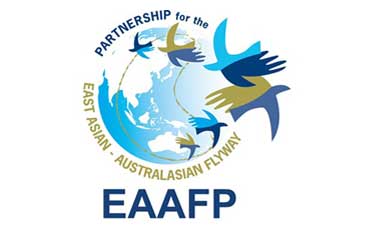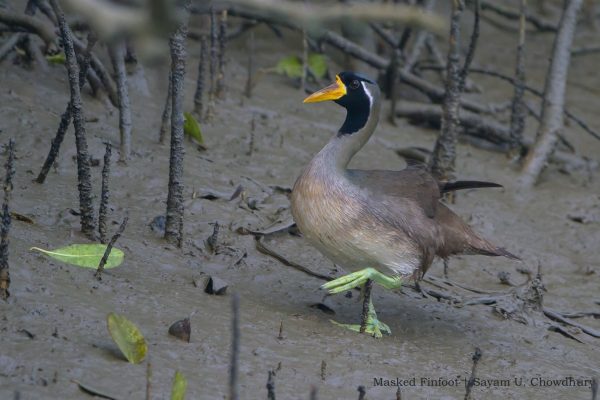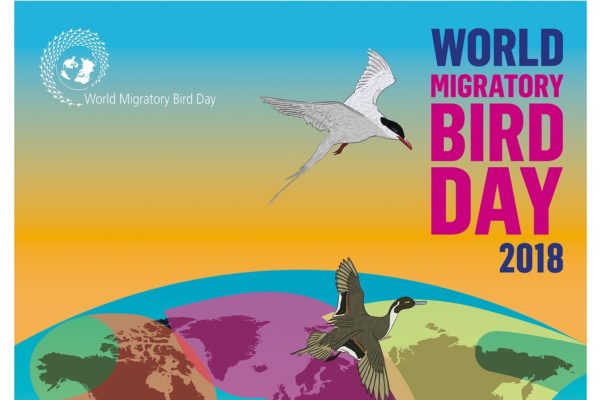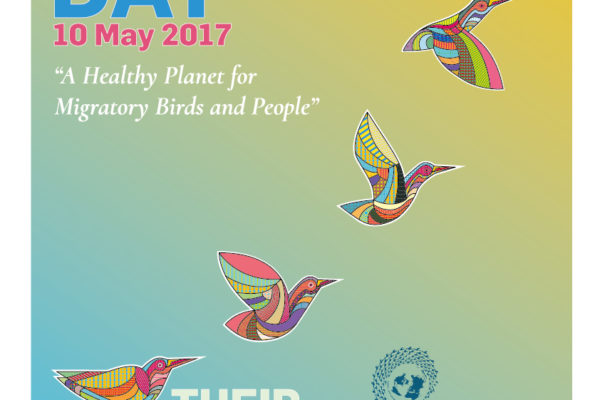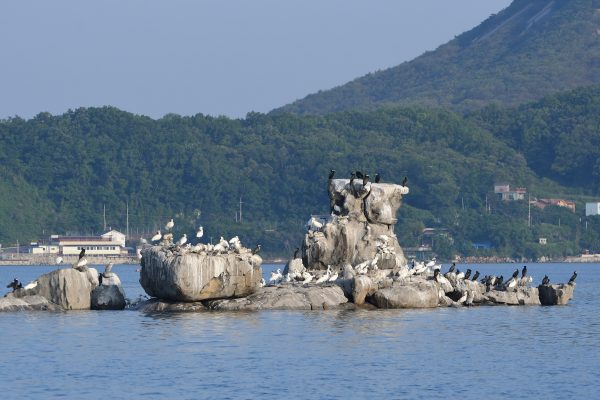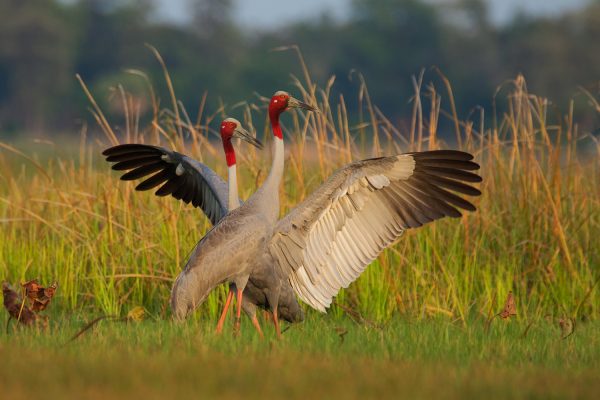-
Partners
The EAAF Partnership is made up of National Governments, International Non-Government Organisations (NGOs) and Inter-Governmental Organisations, that agree to endorse the text and supporting the objectives and actions under this Partnership. Membership is open to other Governments, International NGOs, Inter-Government organisations and members of the international business sector upon application and agreeing to endorse the […]
Continue reading -
The iconic Masked Finfoot of Indo-Burma’s forested wetlands is on the brink of extinction
Few species of waterbirds in the Indo-Burma region are as threatened as the highly distinct Masked Finfoot (ranked 43 on the EDGE species list), currently listed as ‘Endangered’ on the IUCN Red List of Threatened Species. The finfoot is also one of EAAFP’s key species. A new study published in the journal, Forktail: Journal of […]
Continue reading -
EAAFP Brochure and Reports
The electronic version of the latest EAAFP Information Brochure are available for download in English and in Korean. All files are in pdf format. Download the Adobe Acrobat reader. 2022 – English (3.16MB) 2020 – For General Public: English (11.4MB) Korean (3.24MB) Chinese (10.2MB) / For Partners: Japanese (19.6MB) 2017 – English (3.36MB) Korean (3.79MB) Russian (3.3MB) […]
Continue reading -
World Migratory Bird Day 2018
About the World Migratory Bird Day 2018 World Migratory Bird Day (WMBD) was initiated in 2006 by the Secretariat of the Agreement on the Conservation of African-Eurasian Migratory Waterbirds (UNEP-AEWA) in collaboration with the Secretariat of the Convention on the Conservation of Migratory Species of Wild Animals (CMS) as an annual awareness-raising campaign aimed at people […]
Continue reading -
World Migratory Bird Day 2017
About the World Migratory Bird Day World Migratory Bird Day (WMBD) is an annual awareness-raising campaign aiming to inspire the worldwide conservation of both migratory birds and their environments. Over the week of 10 May, people around the world take action and organise public events such as bird festivals, education programmes and birdwatching excursions to celebrate WMBD. As one of […]
Continue reading -
2021 World Wildlife Day “Forests and Livelihoods: Sustaining People and Planet”
On 3rd March every year, we celebrate UN World Wildlife Day, to raise awareness of the world’s wild animals and plants. This is the day of the signature of the Convention on International Trade in Endangered Species of Wild Fauna and Flora (CITES) in 1973. The 2021 theme of World Wildlife Day is “Forests and Livelihoods: Sustaining […]
Continue reading -
“Flyway: connecting people and migratory waterbirds” story series #8 – Mr. Pete Probasco, Immediate Past Chair of EAAFP
In the first Flyway story series in 2021, the Secretariat is honored to feature Mr. Pete Probasco. Until January 2021, Pete was the Chair of EAAFP and Representative of U.S.A. Pete has over 40 years of experiences of management on wetland-related work, especially in fisheries. In the past seven years, he had served the EAAFP […]
Continue reading -
Meetings of Partners
Partners meet regularly to report against an Implementation Strategy, respond to emerging issues and priorities and discuss future collaboration. There are 6 submenus under this Meetings of Partners page as below. Please click them for further information.
Continue reading -
Five Black-faced Spoonbill released in Ganghwa Island, by National Institute of Ecology of Ro Korea
National Institute of Ecology (hereafter referred to as the “NIE”) under the Ministry of Environment, Republic of Korea, released five Black-faced Spoonbills (IUCN: Endangered, National Species: Level I) to the natal site, tidal flat of Ganghwa-do, Incheon on 1 July, 2020. Black-faced Spoonbill was listed as an Endangered (EN) species in IUCN Red List and […]
Continue reading -
The “Year of the Cranes” story series #7 – Sarus Crane Nest Adoption in Thailand
Sarus Crane (Antigone antigone) has three disjunct populations in the Indian subcontinent, South-East Asia (occurs in Myanmar, Laos, Vietnam and Cambodia) and northern Australia. Unlike most of other species of cranes which migrate long distance between breeding and wintering grounds, Sarus Crane are residential or regarded as “short-distant migrant”. The Eastern Sarus Crane population decreased drastically due […]
Continue reading

